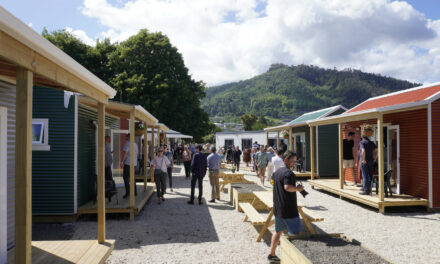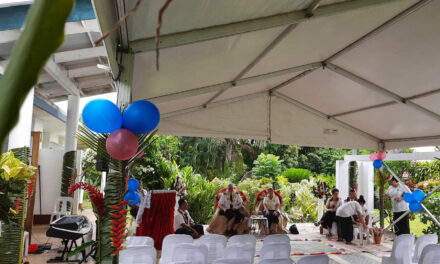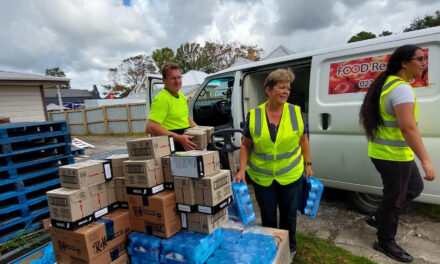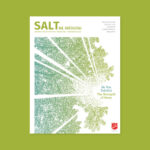
Pastoral support in post-Cyclone Gabrielle Napier area
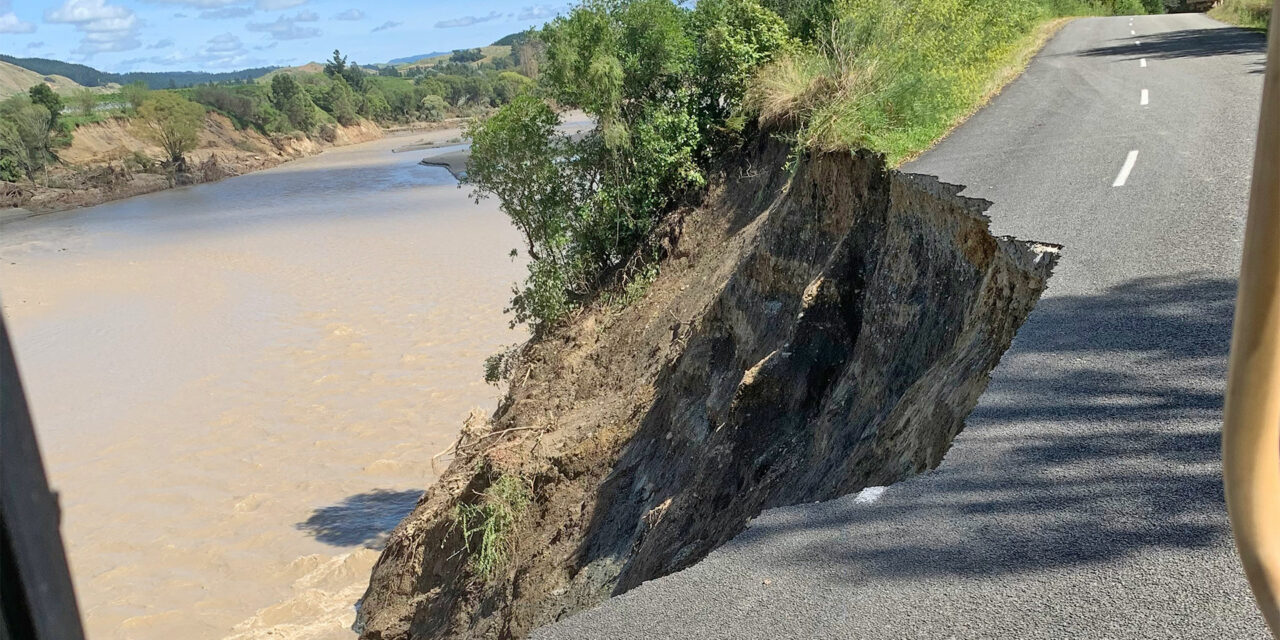
A Salvation Army officer deployed as a military chaplain to the Napier area is ‘still processing’ the enormity of the devastation wrought by Cyclone Gabrielle but is impressed by the resilience of affected rural communities.
Major Nigel Luscombe is normally based at The Salvation Army headquarters in Wellington and has been a chaplain in the Army Reserve since April last year.
In January, he moved to a Regular Force chaplain role at Linton Military Camp to fill a staffing need. A few weeks later, as Cyclone Gabrielle lashed parts of the country, he was deployed to Napier for eight days as part of the large-scale emergency relief effort.
‘I was asked at 11am to be ready to move, and was on my way to Napier by late afternoon,’ says Nigel who joined some 950 New Zealand Defence Force personnel responding to the cyclone relief effort in the East Coast and Hawke’s Bay regions.
During his eight-day deployment, Nigel provided pastoral support to soldiers and assessed the welfare needs of cyclone-affected communities.
He accompanied mixed teams of military personnel—including engineers, naval staff and locally-based Army reserve soldiers—to isolated rural communities in hill country around Napier. This included Tutira to the north, Otamauri to the west and Dartmoor and Rissington in-between.
The military team travelled in all-terrain vehicles such as the Unimog and Pinzgauer over rough dirt back roads and through rivers to reach those in need, providing vital fuel and food supplies, and conducting welfare checks.
They also assessed the status of roads, found alternative routes, and rigged up temporary engineering solutions. For example, the vital bridge serving the Rissington community, north-west of Napier, was destroyed following the cyclone.
‘Locals had set up their own ferry service using a small rigid inflatable boat to move supplies from one side of the river to the other,’ says Nigel.
‘The military engineers set up a rope-pully system that meant urgent goods could be moved across the river without the need for a boat, speeding up the supply of emergency supplies.’
At times the soldiers helped contractors to repair the roads they were travelling on, such as by manhandling a large culvert pipe into place.
Nigel says that he is still trying to process the sheer enormity of the devastation and the many strange sights, such as cars in the middle of a vineyard, houses buried by mud and silt and parts of roads missing.
‘Despite the widespread destruction, I found the rural communities I interacted with to be very resilient and ready to step in wherever they could to clear up and help other people. There was a real sense of community.’
Puketapu School, west of Napier, for example, had been transformed into an emergency centre with access to medical support, food, and other supplies, while a lawyer and psycho-social support were available nearby.
Nigel says he doesn’t know how long the relief operation will continue, but like all military personnel he is on standby to be deployed as required.





